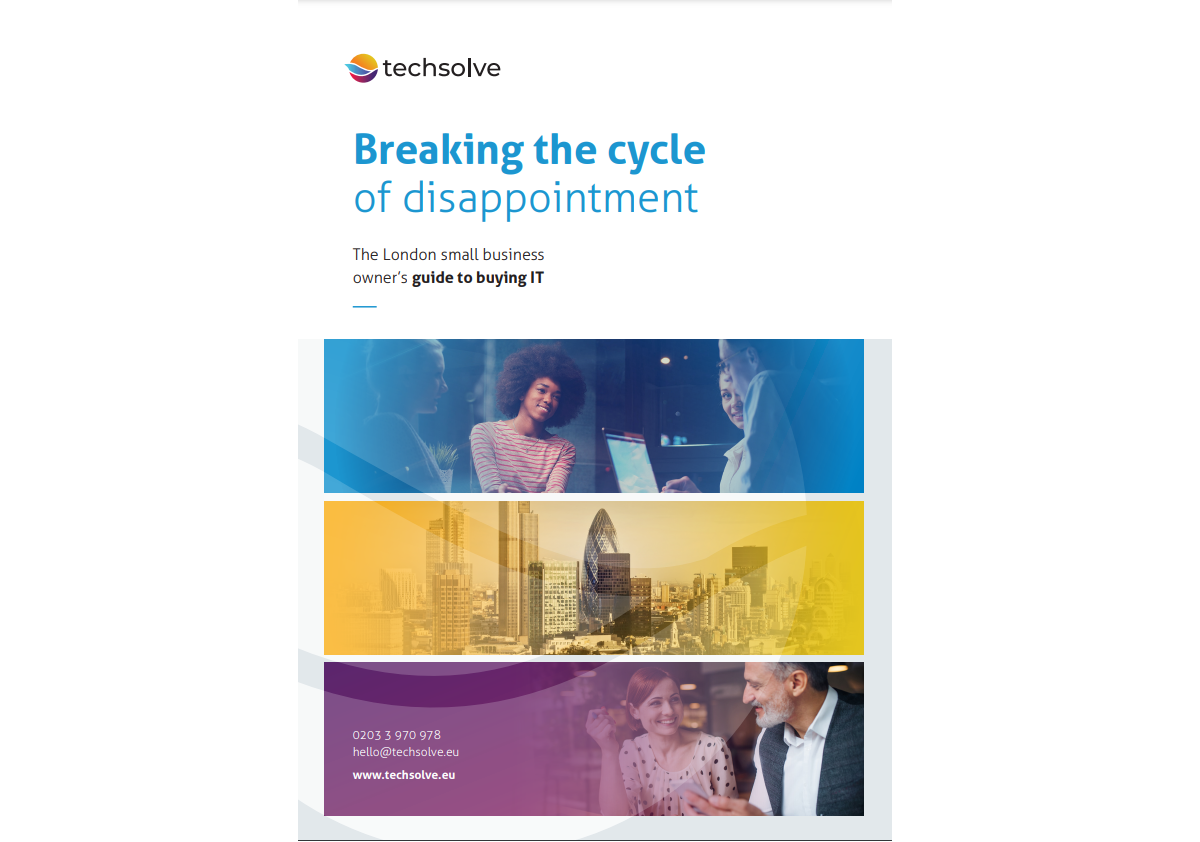Strategy — the heartbeat of small business digital transformation
Whether you’re a massive global bank like HSBC or a small creative agency in Shoreditch, digital transformation is an essential way to stay relevant and competitive in today’s market.
If you’re HSBC, then you have the luxury of a large team of experts at your disposal and millions of pounds to throw at the challenge, but if you’re that agency in Shoreditch (or any other kind of small business), digital transformation can feel expensive and intimidating.
As a small business owner, you are probably bombarded with messages from different tech software companies designed to give you FOMO. It can be a minefield working out what is worth investing in and what you can do without.
But the fact is, as intimidating as digital transformation might feel, you simply can’t ignore the benefits of using the right technologies in your business — to increase productivity, be more efficient, save money and improve the customer experience.
Whether you’re just getting started with digital transformation or want to accelerate what you’re already doing, a well-designed strategic plan will enable you to get the most out of your investment. Digital transformation doesn’t need to be complicated to be effective.
Here are four things to think about when it comes to your small business digital transformation strategy:
- No (wo)man is an island
As human beings we tend to do badly when we’re isolated from others and thrive best as part of a cohesive community. That’s why breaking down departmental/job functional silos, and ensuring easy collaboration across your entire team, is essential to digital transformation success.
Whether you’re a business of six people or 60 it’s important to involve and get contributions from all your stakeholders on any new initiatives. Digital transformation can’t be an isolated IT project — by definition, it’s about fundamental transformation of your business and even your culture.
As the owner/leader your team will look to you to articulate a strong vision and a clear plan of digital initiatives that they can rally around.
Be prepared for some of your employees to have concerns or feel threatened by the introduction of technology and automation. Resistance to change is human nature.
Being clear and transparent about why you’re making particular changes and taking the time to educate employees on the direct benefit to their productivity, will create the cohesion you’re after. It’ll also help them feel more empowered and invested in using the technology. And obviously don’t scrimp on training either.
- Don’t be an IT magpie
There are lots of shiny things in the world of technology. It’s easy to get caught up in the buzz around a particular tool or get persuaded by the marketing promises if you’re not clear on your vision and business objectives.
The reality is that the wrong choices when it comes to tools will chew through your precious IT budget quicker than a teenager blowing their V-Bucks on Fortnite.
Identify areas that will create the most meaningful results — such as your customer experience, employee engagement or cloud computing.
Often the best returns will come from simple tools that streamline tedious and repetitive manual tasks. Focus on how digital transformation can make existing processes cheaper and easier. You don’t need lots of tools and subscriptions. Just the right ones.
- Streamline business systems
You’ll have a much easier time achieving your digital transformation aims if the various business systems you use, for things like finance/invoicing, customer service, ecommerce, etc. can talk to each other and work together in unison.
Cloud computing is making it much easier for small businesses to integrate various software applications. That means it’s easier to streamline processes and manage different business functions seamlessly.
- Get help from people who get you
Hiring a large IT team or even an IT person isn’t an option for many small businesses. A better option is to outsource. That approach lets you tap into your provider’s expertise to help you focus budget on areas that will have the greatest impact.
But as an SMB you have unique challenges. There are so many generic IT managed service providers out there who are only too happy to take your money but many of them are used to working with bigger brands, with bigger budgets and complex strategies. And many of them are just a bit rubbish.
You don’t want to be a small fish in a big pond or find yourself trapped in the vicious cycle of disappoint that Carl Hobson, managing director at our client cazenove+loyd refers to in this case study.
Look for an IT managed service provider that has extensive experience working with small businesses. One that is responsive to your needs and can deliver the same kind of personal touches that make your small business great. And one that doesn’t try to baffle you with buzzwords or push you in to costly solutions that help them get a bonus but don’t help you meet your specific business objectives.
In case you were in any doubt – what we really mean is talk to us.
Small business digital transformation is a journey not a fixed destination. Having a clear vision and strategy upfront will ensure you know where you’re trying get to and will stop you getting distracted by the shiny things that are necessarily important. Having the right IT partner will help you accelerate that journey, take away the headaches, and let you get back to doing what you do best — leading, growing and scaling your business.




